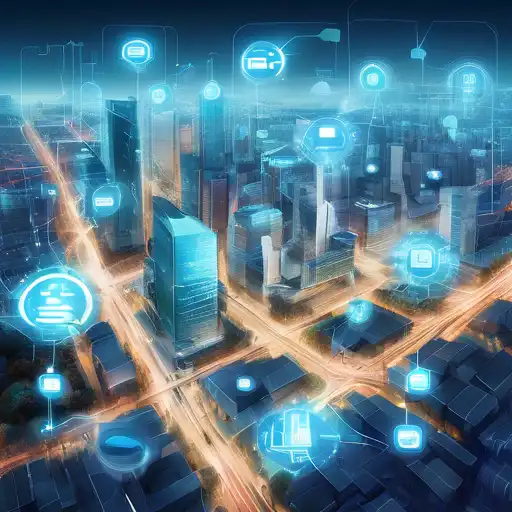Introduction to IoT in Smart Cities
The Internet of Things (IoT) is revolutionizing the way urban areas operate, making cities smarter, more efficient, and more sustainable. By connecting devices and systems across a city, IoT enables real-time data collection and analysis, leading to improved decision-making and enhanced quality of life for residents.
Key Components of IoT in Smart Cities
Smart cities leverage IoT through various components, including sensors, networks, and data analytics platforms. These technologies work together to monitor and manage urban infrastructure, from traffic lights and water systems to public safety and environmental monitoring.
- Sensors: Deployed across the city to collect data on everything from air quality to traffic flow.
- Networks: Provide the connectivity needed to transmit data from sensors to analytics platforms.
- Data Analytics: Turns raw data into actionable insights, enabling city officials to make informed decisions.
Benefits of IoT in Smart Cities
The integration of IoT into urban environments offers numerous benefits, including reduced energy consumption, lower operational costs, and improved public services. For example, smart lighting systems can adjust brightness based on real-time conditions, saving energy and reducing costs.
Challenges and Solutions
Despite its potential, the deployment of IoT in smart cities faces challenges such as data privacy concerns and the need for robust cybersecurity measures. Addressing these issues requires a combination of advanced encryption technologies and comprehensive data governance policies.
Future Prospects
As technology advances, the role of IoT in smart cities is expected to grow, with innovations like autonomous vehicles and AI-driven analytics further transforming urban landscapes. The future of smart cities lies in the seamless integration of IoT technologies, creating more connected and sustainable communities.
For more insights into how technology is shaping urban development, explore our technology trends section.
